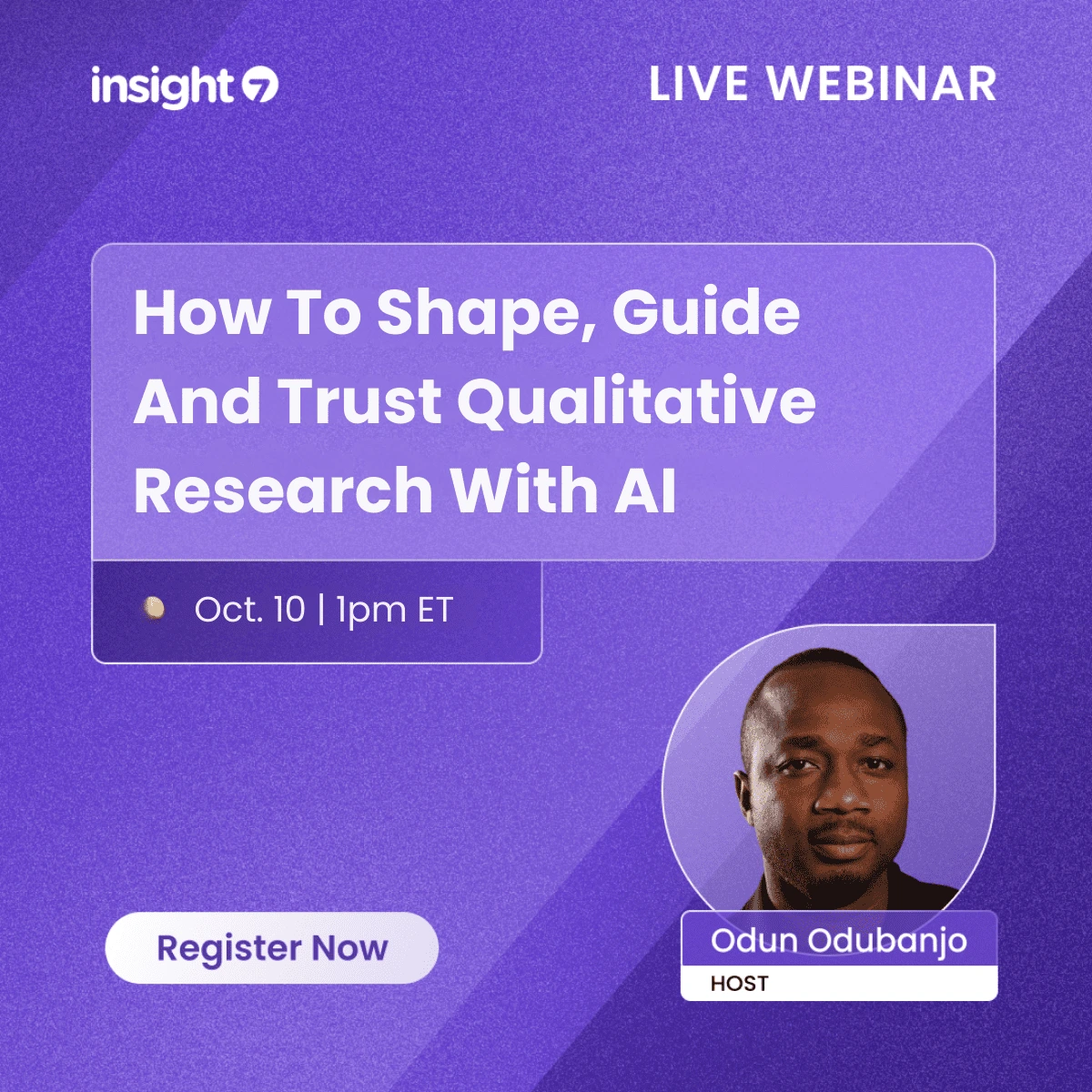AI Call Analytics for Personalizing Customer Interactions
-
Bella Williams
- 10 min read
AI Call Analytics leverages advanced machine learning algorithms to analyze customer interactions in real-time, enabling organizations to personalize their communication strategies. This guide explores the key benefits of AI-driven call analytics, including enhanced customer satisfaction, improved sales outcomes, and streamlined operational efficiency. You'll learn about the implementation approach, core concepts, and practical applications relevant to your organization.
The Role of AI Call Analytics in Modern Customer Experience Management
Personalizing customer interactions is essential for building loyalty and driving sales. AI Call Analytics has emerged as a critical tool for organizations aiming to enhance customer experience by providing actionable insights derived from voice interactions.
AI Call Analytics transforms traditional customer service processes by shifting from reactive responses to proactive engagement. By automating the analysis of customer calls, organizations can identify trends, sentiment, and areas for improvement, creating a more responsive and customer-centric approach.
Different teams, including sales, marketing, and customer support, benefit from AI Call Analytics by fostering alignment and collaboration. To effectively implement this technology, organizations must invest in the right tools, data infrastructure, and training.
Understanding AI Call Analytics: Core Concepts
AI Call Analytics refers to the use of artificial intelligence technologies to analyze voice interactions, extract meaningful insights, and enhance customer engagement. This approach contrasts with traditional methods that rely on manual analysis and retrospective evaluations.
Core Capabilities: AI Call Analytics enables organizations to:
- Real-time Sentiment Analysis: Identify customer emotions during calls, leading to more empathetic responses.
- Automated Call Scoring: Evaluate the effectiveness of sales pitches or customer service interactions based on predefined criteria.
- Trend Identification: Detect emerging topics or issues in customer conversations, allowing for timely interventions.
- Performance Benchmarking: Compare individual and team performance metrics to drive improvement.
- Actionable Insights Delivery: Provide recommendations for next steps based on call analysis.
Strategic Value: By enabling proactive decision-making, AI Call Analytics empowers organizations to align their strategies with customer needs, ultimately leading to improved satisfaction and retention.
Why Are Organizations Investing in AI Call Analytics?
Context Setting: Organizations are transitioning from outdated call analysis methods, which often lack depth and speed, to AI-driven solutions that provide immediate, actionable insights.
Key Drivers:
- Customer Expectations: Rising expectations for personalized service necessitate advanced analytics capabilities.
- Competitive Advantage: Organizations leveraging AI Call Analytics gain a significant edge in understanding customer behavior.
- Operational Efficiency: Automating call analysis reduces manual labor and enhances productivity.
- Data-Driven Decision Making: Access to real-time insights allows for timely adjustments in strategy.
Data Foundation for AI Call Analytics
Foundation Statement: A robust data foundation is essential for building effective AI models that drive accurate insights from call data.
Data Sources: Utilizing a multi-modal approach enhances the accuracy of AI Call Analytics:
- Call Transcripts: Textual data from recorded calls for sentiment and keyword analysis.
- CRM Data: Customer profiles and history to contextualize interactions.
- Feedback Surveys: Post-call surveys to gauge customer satisfaction.
- Social Media Interactions: Insights from social platforms to complement call data.
- Market Research: External data that can inform customer behavior and preferences.
Accuracy Benefit: A comprehensive data approach improves model performance, leading to more reliable insights and recommendations.
Key Components of an AI Call Analytics Stack
Stack Overview: Understanding the critical layers of an AI Call Analytics system is vital for successful implementation.
Component Descriptions:
- Speech Recognition Engine: Converts spoken language into text for further analysis.
- Natural Language Processing Module: Analyzes text to extract sentiment, intent, and key topics.
- Analytics Dashboard: Visualizes data and insights for easy interpretation by teams.
- Machine Learning Models: Continuously learn from new data to improve prediction accuracy.
- Integration Tools: Connects the analytics stack with existing CRM and communication systems.
Quality Emphasis: Ensuring high-quality data inputs is crucial for generating actionable insights.
Success Dependency: The effectiveness of AI Call Analytics relies heavily on the quality and diversity of input signals.
How Does AI Call Analytics Work Step by Step?
Step 1: Data Collection
Collect audio recordings from customer interactions across various channels.
Step 2: Data Transcription
Utilize speech recognition technology to convert audio into text format.
Step 3: Sentiment Analysis
Apply natural language processing to identify emotional tone and sentiment in the conversations.
- Positive Sentiment: Indicators of customer satisfaction.
- Negative Sentiment: Flags for potential issues needing resolution.
- Neutral Sentiment: Opportunities for engagement.
Step 4: Pattern Recognition
Identify recurring themes and patterns in customer interactions that signal trends or issues.
Step 5: Insights Generation
Analyze data to produce actionable insights and recommendations for improving customer interactions.
Step 6: Reporting and Recommendations
Deliver insights through dashboards and reports, including:
- Performance Reports: Metrics on call handling and customer satisfaction.
- Actionable Recommendations: Specific strategies for improvement based on analysis.
- Trend Reports: Insights into emerging customer needs.
AI Call Analytics Application Areas and Use Cases
Enhanced Customer Support
- Prediction Method: Analyze call data to identify common issues.
- Recommended Action: Implement proactive support measures based on predicted needs.
Sales Optimization
- Analysis Approach: Evaluate successful sales calls to identify effective techniques.
- Follow-up Action: Train sales teams on best practices derived from analysis.
Customer Retention Strategies
- Identification Method: Use sentiment analysis to flag at-risk customers.
- Proactive Intervention: Schedule follow-up calls with targeted retention strategies.
Marketing Campaign Effectiveness
- Forecasting Approach: Measure customer responses to marketing initiatives through call data.
- Optimization Action: Adjust marketing strategies based on feedback received during calls.
Additional Use Cases
- Crisis Management: Identify urgent customer issues through call analysis.
- Product Development Feedback: Gather insights on customer preferences to inform product enhancements.
Platform and Tool Selection for AI Call Analytics
Selecting the right platform is crucial for successful implementation of AI Call Analytics.
Comparison Table:
| Feature | Insight7 | Traditional Alternative |
|---|---|---|
| Real-Time Analysis | Yes | Limited |
| Integration Capabilities | Extensive | Basic |
| User-Friendly Dashboard | Intuitive | Complex |
| Scalability | High | Low |
| Support and Training | Comprehensive | Minimal |
Common Pitfalls in AI Call Analytics Implementation
Context Warning: Many organizations struggle with AI Call Analytics due to a lack of strategy and understanding of the technology.
Major Pitfalls:
- Data Quality Issues: Poor-quality data leads to inaccurate insights and decisions.
- Lack of Stakeholder Buy-in: Failing to involve key stakeholders can hinder implementation success.
- Overlooking Training Needs: Insufficient training can result in underutilization of the analytics tools.
- Neglecting Integration: Inadequate integration with existing systems limits effectiveness.
Success Foundation: Addressing these pitfalls through a well-defined strategy and stakeholder engagement is critical for success.
How Do You Get Started with Insight7?
Step 1: Tool Selection
Evaluate and select the appropriate AI Call Analytics tool based on organizational needs.
Step 2: Data Integration
Ensure seamless integration with existing platforms and data sources.
Step 3: Configuration
Customize the tool settings to align with organizational objectives and KPIs.
Step 4: Training
Conduct comprehensive training sessions for all relevant stakeholders on how to leverage the tool effectively.
Step 5: Customization
Tailor the analytics dashboards and reporting features to meet the specific needs of different teams.
Step 6: Continuous Improvement
Establish a process for ongoing optimization and refinement of the analytics approach.
Optimal AI Call Analytics Configuration and Setup
ROI Optimization: Maximize return on investment through strategic configuration and ongoing management.
Best Practices:
- Diverse Data Sources: Incorporate multiple data sources for comprehensive analysis.
- Stakeholder Engagement: Involve all relevant teams in the implementation process.
- Historical Data Utilization: Leverage historical data for more accurate predictions.
- Regular Review Cadence: Schedule consistent reviews of analytics performance.
- Automation Integration: Utilize automation to streamline processes and enhance efficiency.
Building an AI Call Analytics Strategy That Scales
A scalable AI Call Analytics strategy requires cross-functional alignment and collaboration.
- Joint Definition of Goals: Different teams must agree on objectives and success metrics.
- Diverse Data Types: Identify various data types that can enhance model accuracy.
- Prioritization Framework: Implement a prioritization framework for addressing customer needs.
- Ongoing Refinement: Establish a culture of continuous improvement and learning.
AI Call Analytics Benchmarks and Success Metrics
Evaluation Framework: Clear benchmarks are essential for measuring the impact of AI Call Analytics.
Core Metrics:
- Customer Satisfaction Score (CSAT): Measures customer satisfaction levels post-interaction.
- Net Promoter Score (NPS): Gauges customer loyalty and likelihood to recommend.
- Average Handling Time (AHT): Evaluates the efficiency of call handling.
- First Call Resolution Rate (FCR): Measures the percentage of issues resolved on the first call.
- Sales Conversion Rate: Tracks the effectiveness of sales calls in converting leads.
Universal Principle: The overarching rule is that value arises from informed decision-making and improved customer interactions.
Frequently Asked Questions
Q: What is AI Call Analytics?
A: AI Call Analytics uses artificial intelligence to analyze customer interactions via voice, providing insights to enhance personalization and engagement.
Q: How does it compare to traditional call analysis?
A: Unlike traditional methods that rely on manual evaluations, AI Call Analytics offers real-time, data-driven insights that enhance responsiveness.
Q: What platforms are compatible with AI Call Analytics?
A: Most AI Call Analytics tools can integrate with popular CRM systems, communication platforms, and data repositories.
Q: What data is required for optimal results?
A: Ideal data sources include call transcripts, CRM data, customer feedback, and social media interactions.
Q: How long does implementation take?
A: Implementation speed varies but can range from a few weeks to several months, depending on the complexity of integration and training.
Q: What security measures are in place?
A: AI Call Analytics tools typically adhere to industry standards for data security and compliance, including encryption and access controls.
Q: What are common challenges in implementing AI Call Analytics?
A: Organizations often face issues related to data quality, stakeholder buy-in, and integration with existing systems.
Conclusion
AI Call Analytics is essential for organizations seeking to enhance customer interactions and drive loyalty in a competitive landscape. By leveraging the right tools and strategies, businesses can achieve measurable outcomes and foster deeper connections with their customers.
Tool Recommendation: Selecting an effective AI Call Analytics platform enables teams to harness the power of data-driven insights, leading to improved customer satisfaction and business performance.







